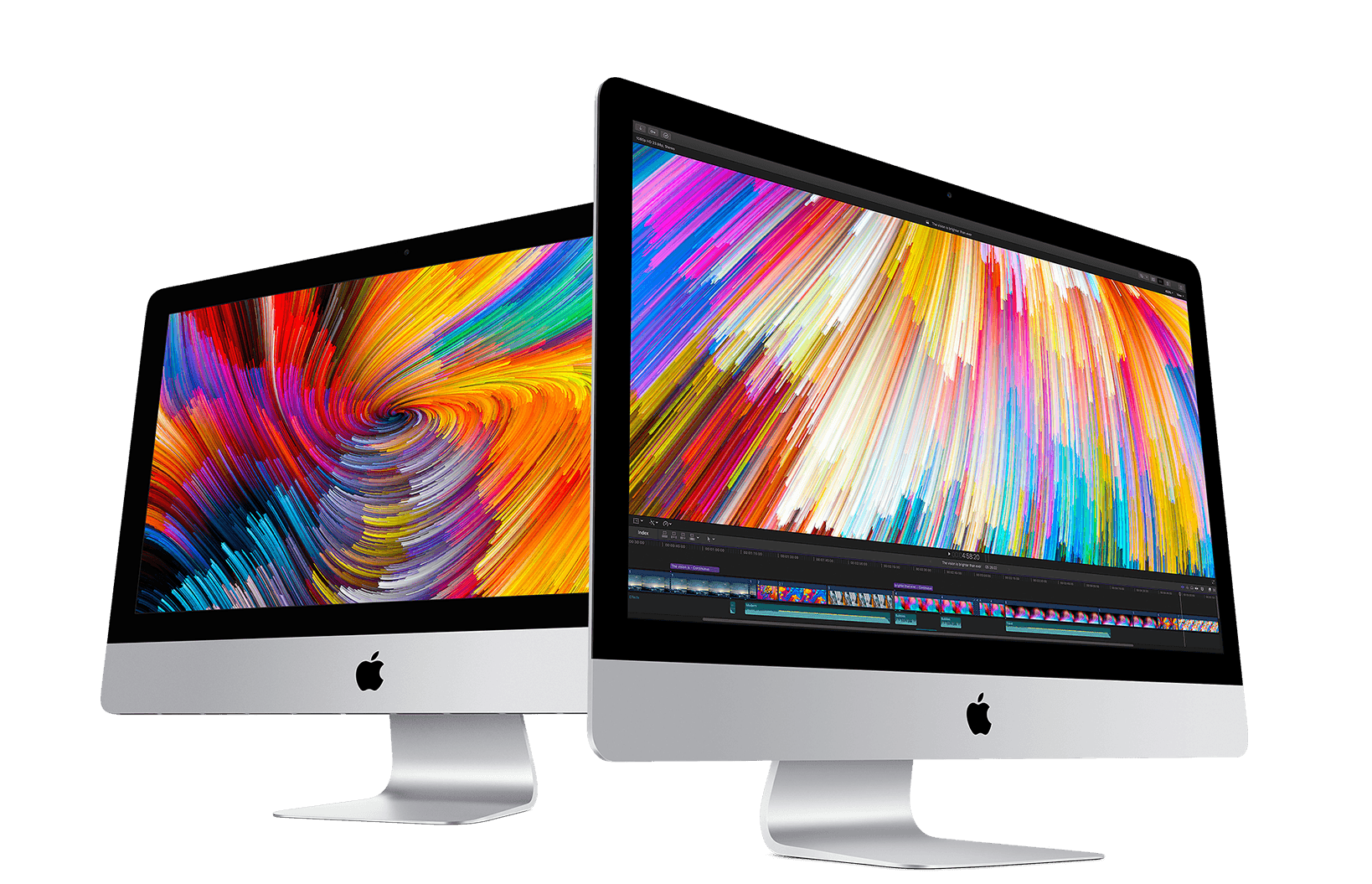Samsung UE46F6500: Set Up
The initial installation process for the UE46F6500 is more complicated and long-winded than most, chiefly because of the need for you to set up a dedicated Samsung account. This makes sense to some extent, as it enables you to ‘aggregate’ other apps around one personal account. But we suspect most people will find it an unnecessary complication, at least until Samsung’s future smart systems start to make more use of the account.
Also adding to your initial set up headaches are the amount of time you need to spend with tutorials if you want to be able to get anything like the best use out of Samsung’s gesture and voice control options.
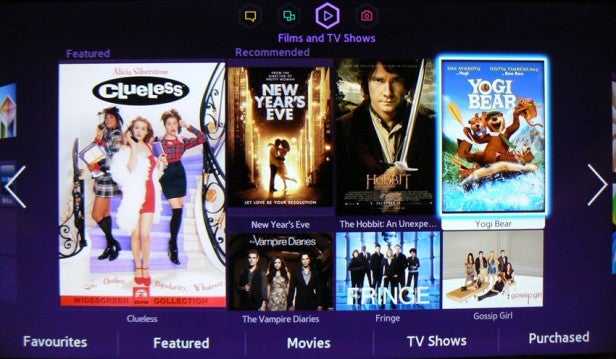
Quick tips for optimising picture quality are to reduce the backlight setting to its 7 or 8 level, and set the contrast to between 80 and 85. This will deliver the richest, most even black colour from the panel without crushing out too much shadow detail.
Also recommended for HD viewing is the deactivation off all the noise reduction systems, and we’d suggest a cautious approach to Samsung’s Motion Plus motion processing, either not using it at all or else using it either just on its relatively low-powered clear setting, or on its Custom setting with judder and blur reduction both set to around their three level.
How we test televisions
We test every TV we review thoroughly over an extended period of time. We use industry standard tests to compare features properly. We’ll always tell you what we find. We never, ever, accept money to review a product.
Used as the main TV for the review period
Tested for more than a week
Tested using industry calibrated tools, discs and with real world use
Tested with broadcast content (HD/SD), video streams and demo discs
3D picture quality
As with all of Samsung’s 3D TVs, this one relies on active 3D for reproducing the third dimension. It comes with two pairs of Samsung’s light, but slightly flimsy glasses in the box. Extra pairs cost around £15.
As with all active 3D specs, you’ll see some shimmering on ambient light in your room while watching 3D movies, which can be distracting and isn’t something that happens with passive 3D.
Nevertheless, the F6500 does produce good quality 3D images. Movies in 3D from Blu-ray look very crisp and sharp and, despite the slight dimming effect of the glasses, colours still have plenty of pop.
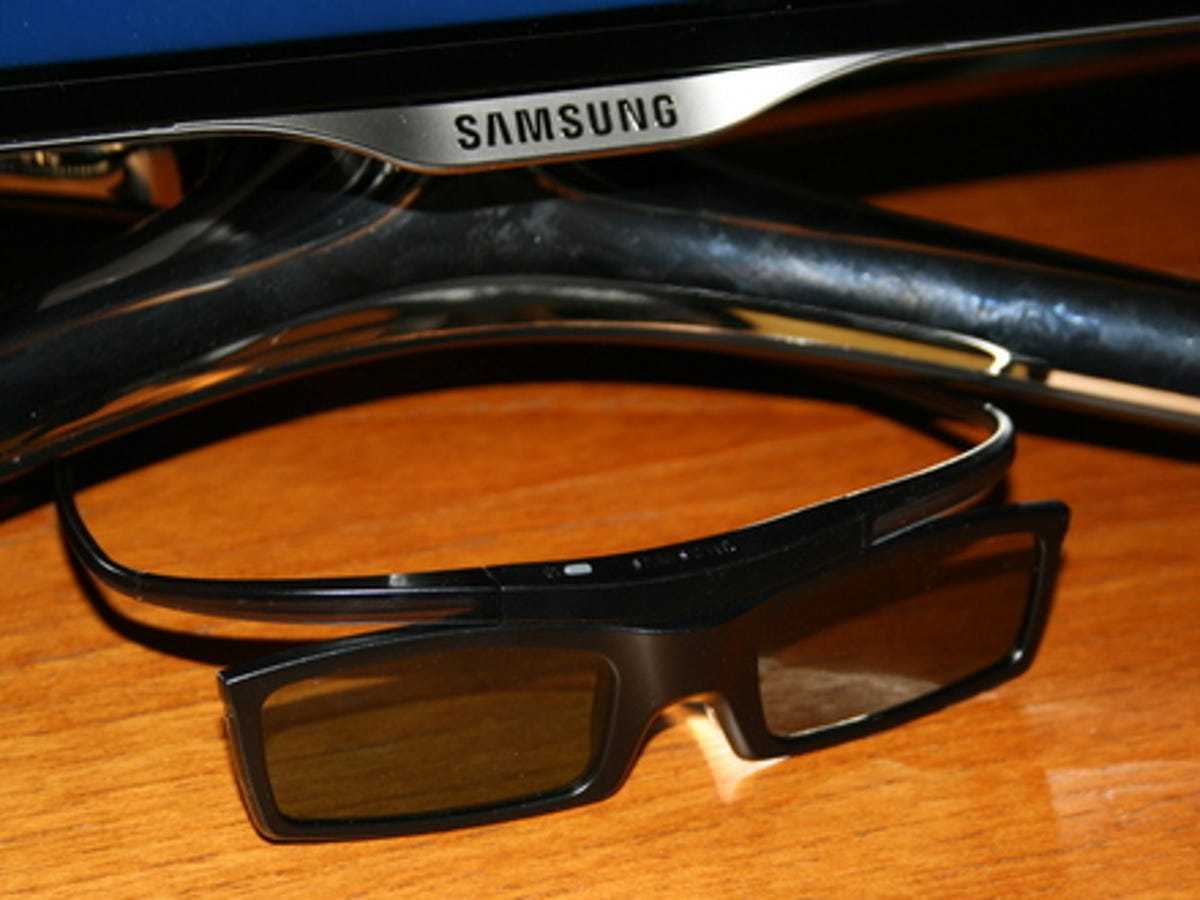
Samsung’s 3D glasses are light, but also a tad flimsy.
Its 3D pictures are also largely free of crosstalk, bar a tiny bit in really challenging scenes — it’s still pretty minimal though and I don’t think most people would actually pick up on it.
TV guide
The menu system on this set is excellent. The layout is clean and uncluttered and it feels fast and responsive to use. Along with the standard brightness, contrast and colour controls, you can also easily tweak settings for the motion processing and there’s even a Colour Management System hidden away in the Advanced Settings menu.
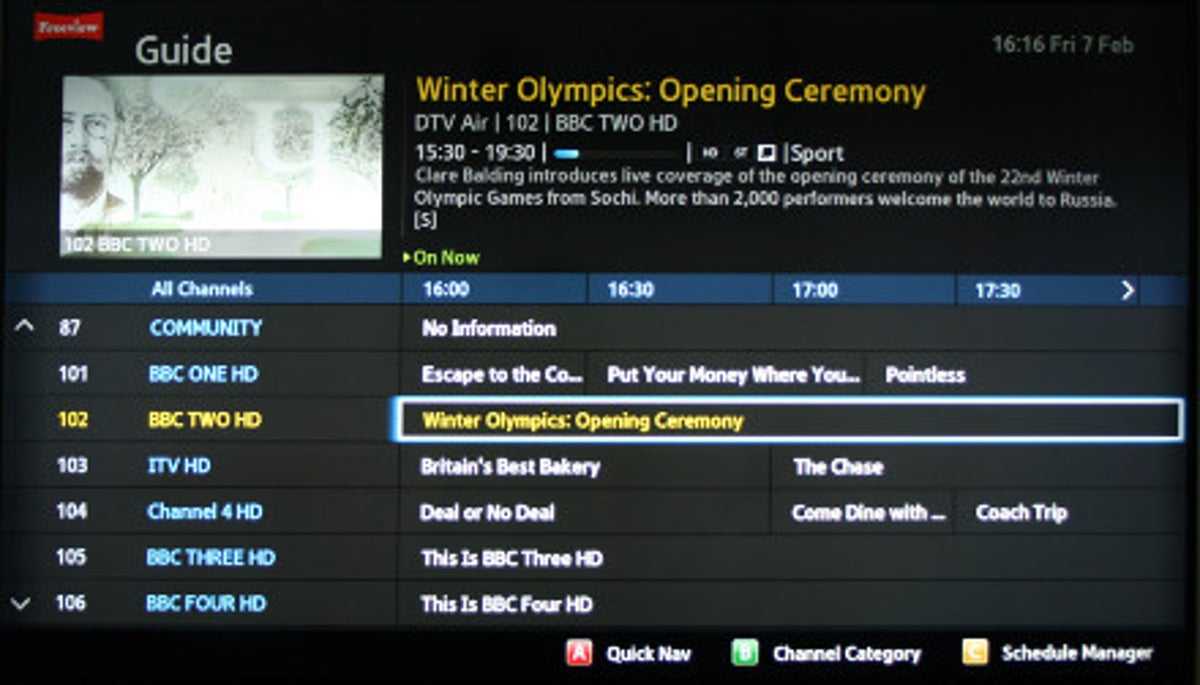
The TV guide is excellent and you now also get recommendations via the smart TV system.
Samsung’s EPG is also top-notch. Its colourful presentation makes it look inviting; it’s nippy to browse around, and includes a handy video thumbnail of the channel you’re currently tuned to. The guide also integrates with the smart TV system, so it offers TiVo-style suggestions of upcoming shows you might want to check out.
Samsung UE46F6500: Design and Features
From the front the UE46F6500 looks almost as glamorous as Samsung’s flagship models, with its incredibly slim (barely 1cm) glossy black bezel, metallic edging and gleaming silver cross-style stand. Get a bit closer and you notice that its rear sticks out a bit further than those of Samsung’s higher-end models, and you’ll also see that the set’s build quality is more plasticky. But it’s still an attractive set overall, especially when you take its reasonably aggressive £730 price tag into account.
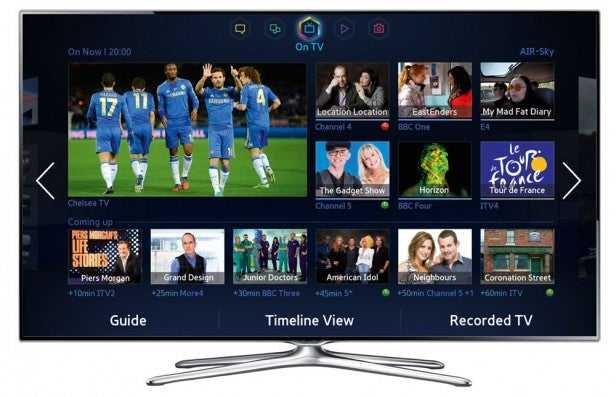
The USBs and network options both support (via DLNA PCs in the network connections’ case) playback of an extensive collection of photo, video and music multimedia file formats, and the network options additionally let you access Samsung’s 2013 Smart TV platform.
In many ways this is the most well-rounded, well-populated and genuinely useful Smart TV platform in the TV world, boasting such highlights as a peerlessly extensive collection of video streaming platforms (including – currently uniquely – all four of the UK’s most important catch up TV services), a recommendations system that learns your viewing habits and recommends upcoming content it thinks you’ll like, and both gesture and voice control systems to back up the two remotes (one with a touchpad) you get with the TV.
There are issues with getting to grips with some aspects of the UE46F6500’s almost over-slick Smart interface, and Samsung could do with creating a more focussed smart device app strategy for its TVs. But Samsung’s Smart TV pros comfortably outweigh the negatives overall. For a full investigation of the UE46F6500’s Smart TV features, check out our Samsung Smart TV review.
The UE46F6500 delivers both integrated terrestrial and satellite HD tuners, and its pictures are created from one of Samsung’s VA-type active 3D-capable LCD panels. It uses edge LED lighting with no local dimming – though the lack of local dimming isn’t necessarily a problem, since numerous other Samsung TVs this year have delivered excellent contrast performances without local dimming, while some rival brands that do use local dimming have applied it uncomfortably clumsily.
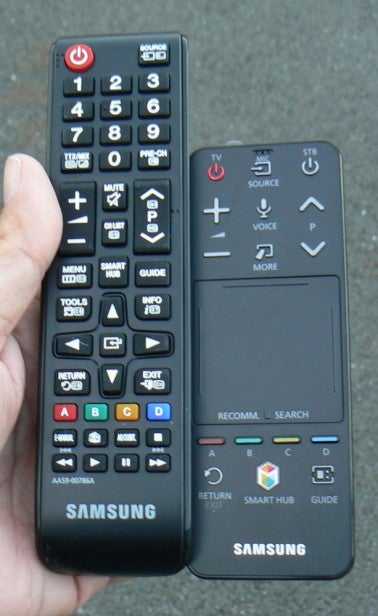
Design and connections
Apart from the added tuners and faster motion processing, the F6500 looks slightly different to the F6400. It has a thinner bezel around the screen — the bezel on the F6400 isn’t exactly chunky at only 15mm wide, but the F6500’s bezel is narrower still at a mere 10mm. The difference isn’t huge, but it’s enough to make the F6500 look marginally more desirable when you view them next to each other.
The stand is also finished in chrome, which looks better than the plasticky, dull metallic paint job on the F6400’s stand. We’re not huge fans of the crow-feet stand on either model, as it’s slightly showy.
Samsung supplies two remotes with this TV. There’s a standard Infrared zapper that’s small and comfy to use and a secondary touchpad remote that communicates with the TV via Bluetooth. I’m actually quite fond of the touchpad remote and especially like the way it speeds up navigation of the smart TV systems. You can use it to swipe between screens for example, rather than plodding over and back through lists of apps.
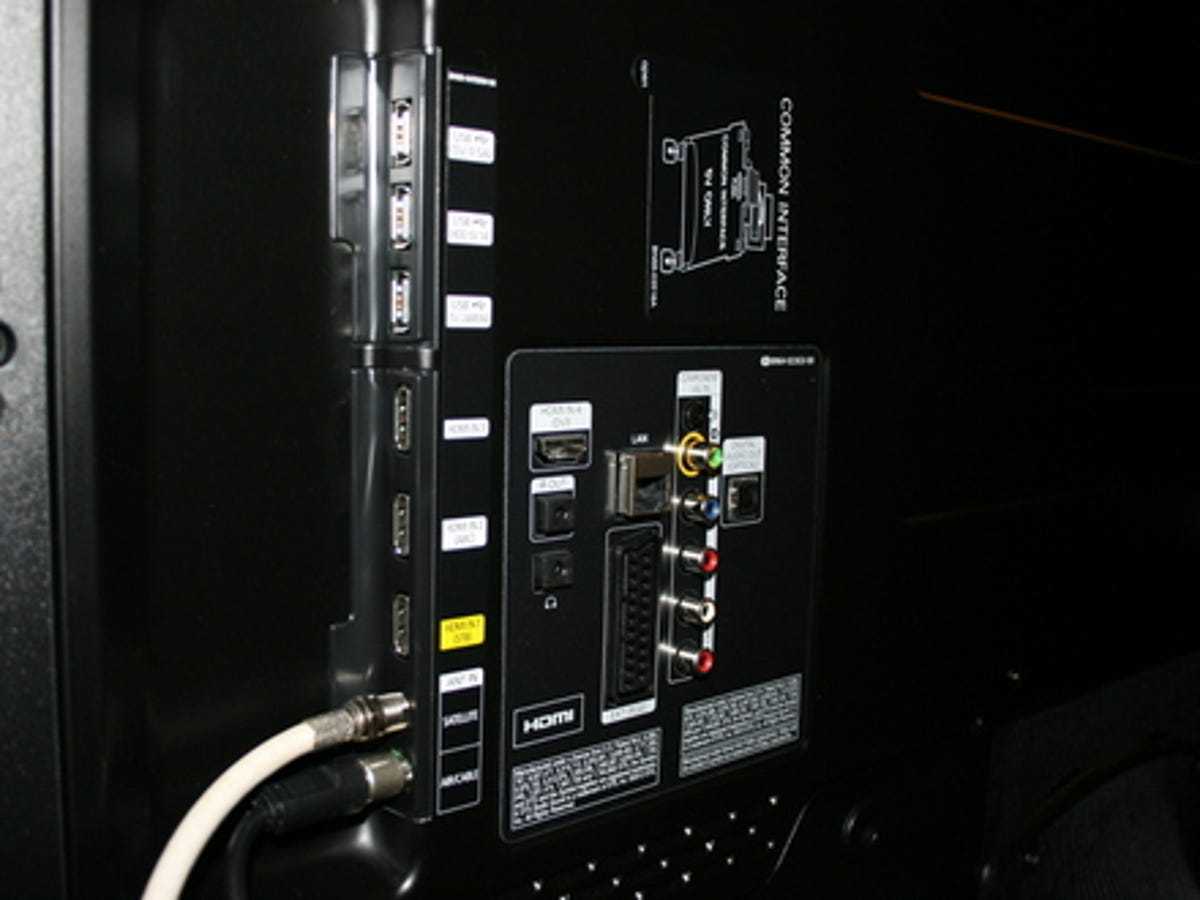
The F6500 has a total of four HDMI ports, with three mounted on the side and one found on the rear.
With a total of four HDMI ports and three USB ports, I’ve got no complaints about the connection options on offer here. There’s also a full-sized Scart socket as well as component connectors and an optical digital audio output. The rear is home to an Ethernet port and Wi-Fi is built in. The Wi-Fi chip supports screen mirroring from compatible Android devices too.
Voice control
Unlike Samsung’s F7000 and F8000 high-end models, the F6500 doesn’t have a camera built-in to its chassis, so it doesn’t support the motion-control features you get on those TVs. The motion controls don’t work all that well on those models though so it’s not something I missed on this set.
What the F6500 does have is a microphone built-in to its touchpad remote. You can use this to issue commands such as Channel Up or Volume Up, but as you already have the remote in your hand it’s not much of a benefit. Samsung reckons the voice-recognition system is most useful for searching for movies or TV shows to watch in online services.
The fact that it only works with Samsung’s own video on demand service and not others such as Netflix and Lovefilm means that even here it’s not particularly useful. The long and short of it is that you’re likely to try the voice features once or twice, find them frustrating to use and never bother with them again.
Smart TV
If you’re a Netflix or BBC iPlayer addict, the good news is that the F6500 benefits from Samsung’s excellent smart TV system, which is currently the best in the business. It looks great, is divided up into different screens for different categories of content and feels very responsive to use.
The first screen, called ‘On TV’, shows suggestions for upcoming shows and movies you might want to watch. It learns your viewing habits over time, so its suggestions become smarter the more you use the TV.
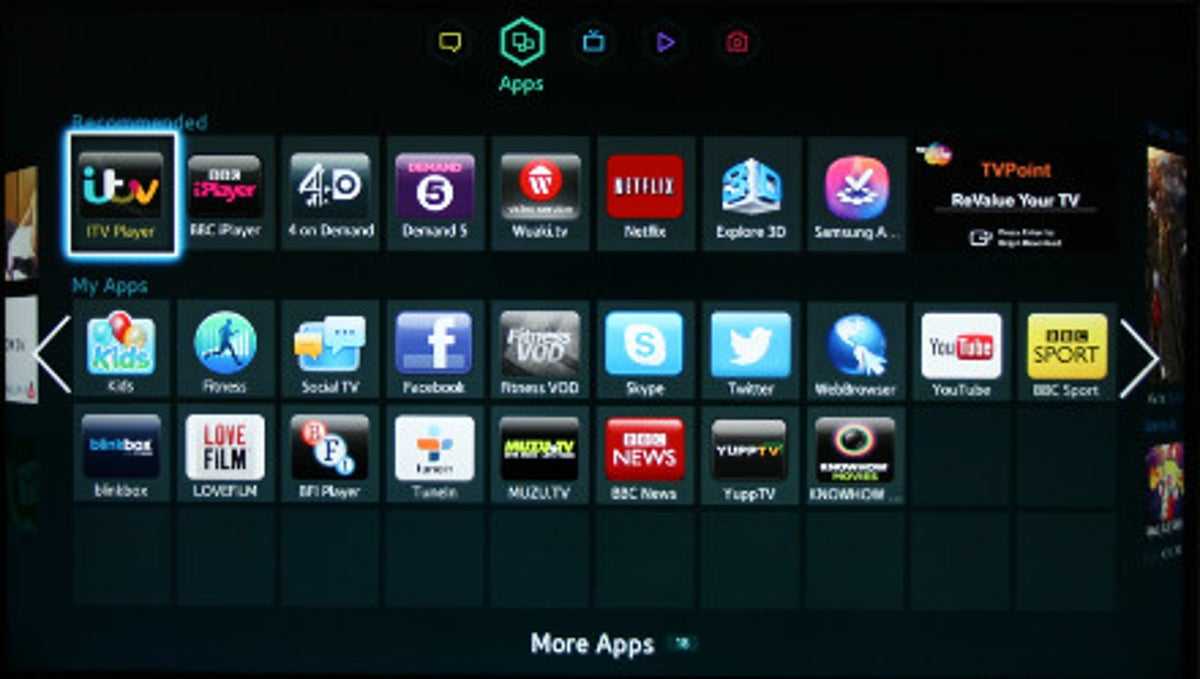
The F6500 supports a broad range of on demand apps including Netflix, Lovefilm and 4oD.
From here if you move right with the remote, you land on the Film and TV Shows page, which gives you access to the catalogue of movies in Samsung’s own Video On-Demand service. Shift right again and you’ll find yourself at the Photos, Videos and Music screen, which is essentially the TV’s media player.
You can either stream files over a network from a PC or NAS drive or play them back locally via the set’s USB ports. Format support is good — it plays MP4, Divx and MKV files, for example — but there are a few annoying quirks, such as the fact that the fast-forward and rewind controls don’t work when you’re streaming MKV files.
Moving right again takes you to the Social page, which is essentially a feed of videos that your friends have shared via Twitter or Facebook. The final screen shows you all the apps that are installed on the TV and also allows you to access Samsung’s Apps Store where you can download lots of extra ones. The range of apps is excellent as Samsung’s smart TV system is the only one that supports all the main terrestrial TV catch up services — iPlayer, 4oD, ITV Player and Demand 5.
Frequently Asked Questions
Our support team searches for useful product information and answers to frequently asked questions. If you find an inaccuracy in our frequently asked questions, please let us know by using our contact form.
How do I connect a universal remote control to my television? Verified
To connect your universal remote control, you need the model number and brand name of both the remote control and the television. There is a list of codes for brands and model numbers in the manual of the remote control .This was helpful (4148)
I want to connect a speaker to my LED television with HDMI, which port should I use? Verified
You need to use the HDMI-ARC port, which is specifically made for connecting audio equipment.This was helpful (1929)
Does it matter to which HDMI port I connect my device? Verified
In general you can connect a device like a blu-ray player or game console to any HDMI port. The device can then be used by selecting the corresponding HDMI channel on your television.This was helpful (866)
How do I measure the inches of my LED television? Verified
Measuring the inches on your LED television is done by measuring the diagonal distance between for example the upper left corner and the lower right corner of the screen (not the edge). One inch equals 2,54 centimeter, so when you measure 99 centimeter, this means your LED television is 39 inches.This was helpful (831)
Will my remote control also work on other television models of the same brand? Verified
Often a remote control of a television will also work on similar models of the same brand. However, it is unusual that it will work on all models of that brand. Universal remote controls are more suited to do this.This was helpful (444)
What is the difference between LCD and LED? Verified
Both techniques use an LCD screen that emits no light by itself. The difference is in the lighting behind the screen. With LCD screens this is done by CCFL (cold-cathode fluorescent lamp) and LED makes use of LED lights.This was helpful (417)
Can I repair a dead pixel myself? Verified
There is a difference between a dead pixel and a stuck pixel. A stuck pixel is still coloured and might be fixed by applying light pressure exactly onto the pixel until it restores itself. A dead pixel is always black or white and can’t be repaired by yourself.This was helpful (338)
What does HDMI stand for? Verified
HDMI stands for High-Definition Multimedia Interface. HDMI is a connection to send high quality video and audio from one device to another.This was helpful (289)
What is the contrast ratio? Verified
The contrast ratio tells how far the whitest white is from the blackest black. A contrast ratio of for example 400:1 means that the blackest black on screen is 400 times darker than the whitest white. A high contrast ratio contributes to the sharpness of the image.This was helpful (267)
Why are there letters next to the numbers on the remote control? Verified
Certain television settings may require you to enter letters. There are usually three letters or other characters on a button. When letter input is required, you can press that button once for the first letter, press twice for the second letter and press 3 times for the third letter. This way, text can be written with a minimum number of buttons.This was helpful (266)
What is the optimal viewing distance for my television? Verified
This partially depends on personal preference, but as a rule of thumb the optimal viewing distance is about 3x the diagonal screen size of the television. For a television of 60 inch (152cm) the optimal viewing distance would be 180 inch or about 4.5 meter.This was helpful (264)
How can I properly clean my LED television? Verified
Turn off the television and wipe dust and dirt off the screen with a microfiber cloth. Do not use paper, this can cause scratches. Do not apply too much pressure or you might cause damage to pixels. Use a specialized detergent or make one by mixing 1 part vinegar with 1 part water. Moisten the cloth with the detergent and clean the screen. Make sure the cloth is not too wet. Remove stains by making rotating movements. Dry the screen with a second microfiber cloth to prevent stripes.This was helpful (263)
Samsung UE46F6500SB 116.8 cm (46″) Full HD Smart TV Wi-Fi Silver
The Samsung UE46F6500SB TV is a model with a screen diagonal of 116.8 cm, a screen resolution of 1920 x 1080 pixels, an aspect ratio of 16:9, 4 HDMI ports to connect a Blu-ray player, DVD, a game console, etc., Ethernet port to connect to the internet via cable, internet connection via Wi-Fi, in addition to the rest of the features listed below.
Release date: 2013-03-29.
| Exhibition | |
|---|---|
| Brand | Samsung |
| Model | UE46F6500SB |
| Aspect ratio | 16:9 |
| HDMI ports | 4 |
| Ethernet sockets | Yes |
| Ultra slim TV | No |
| Curved TV | No |
| Size diagonal | 116.8 |
| Resolution | 1920 x 1080 |
| Colour | Silver |
| No. of speakers | 2 |
| Total speaker output | 20 |
| Smart TV | Yes |
| Wi-Fi | Yes |
| Miracast screen mirroring support | Yes |
| Voltage requirement | 220 — 240 |
| Power consumption standby | 0.1 |
| Short description | Samsung UE46F6500SB, 116.8 cm (46″), 1920 x 1080 pixels, 3D, Smart TV, Wi-Fi, Silver |
| Long description | Samsung UE46F6500SB. Display diagonal: 116.8 cm (46″), Display resolution: 1920 x 1080 pixels, HD type: Full HD. 3D. Smart TV. Motion interpolation technology: CMR (Clear Motion Rate) 400, Native aspect ratio: 16:9. Wi-Fi, Ethernet LAN. Product colour: Silver |
| HD type: | Full HD () |
| Display resolution: | 1920 x 1080 pixels |
| Native aspect ratio: | 16:9 |
| Motion interpolation technology: | CMR (Clear Motion Rate) 400 |
| Native refresh rate: | 60 Hz |
| Dynamic contrast ratio marketing name: | Mega Contrast |
| Display diagonal (metric): | 116 cm |
| Display diagonal: | 116.8 cm (46″) |
| Audio | |
| Auto volume leveller: | Yes |
| RMS rated power: | 20 W |
| Number of speakers: | 2 |
| Ports and Interfaces | |
| RF ports quantity: | 1 |
| SCART ports quantity: | 1 |
| Common interface Plus (CI+): | Yes |
| Common interface (CI): | Yes |
| Headphone outputs: | 1 |
| USB 3.2 Gen 1 (3.1 Gen 1) Type-A ports quantity: | 3 |
| Ethernet LAN (RJ-45) ports: | 1 |
| HDMI ports quantity: | 4 () |
| Energy monitoring | |
| Power consumption (typical): | 62 W |
| AC input voltage: | 220 — 240 V |
| Power consumption (standby): | 0.1 W |
| AC input frequency: | 50 — 60 Hz |
| Weight and measurements | |
| Width (with stand): | 1042.4 mm |
| Depth (with stand): | 307.2 mm |
| Height (with stand): | 682.4 mm |
| Weight (with stand): | 12.7 kg |
| Width (without stand): | 104.2 cm |
| Depth (without stand): | 4.7 cm |
| Height (without stand): | 60.9 cm |
| Weight (without stand): | 11.1 kg |
| Connection | |
| Ethernet LAN: | Y () |
| Wi-Fi: | Y () |
| Management Features | |
| Voice control: | Yes |
| On Screen Display (OSD): | Yes |
| Electronic Programme Guide (EPG): | Yes |
| Number of OSD languages: | 26 |
| Other features | |
| Energy efficiency class (old): | A+ |
| USB ports quantity: | 3 |
| Annual energy consumption: | 91 kWh |
| Supported 3D technologies: | Samsung 3D HyperReal Engine |
| Built-in speaker(s): | Yes |
| 3D glasses quantity: | 2 |
| 3D glasses included: | Yes |
| Batteries included: | Yes |
| 3D: | Yes |
| Design | |
| Product colour: | Silver |
| VESA mounting: | Y () |
| On/off switch: | Yes |
| Panel mounting interface: | 400 x 400 mm |
| Performance | |
| Teletext function: | Yes |
| Picture processing technology: | Samsung Wide Color Enhancer |
| BD Wise: | Yes |
| Smartphone remote support: | Yes |
| Smart TV | |
| Smart TV: | Y () |
| Packaging | |
| Remote control included: | Yes |
| Quick start guide: | Yes |
| Manual: | Yes |
| Package depth: | 158 mm |
| Package height: | 718 mm |
| Package weight: | 1.34 kg |
2D picture quality
By the standards of mid-range LED sets, the F6500 is a good performer in the picture department. Like pretty much all LED TVs it does suffer from some clouding — in this instance it was visible on the left and right sides towards the middle of the screen.You can dial quite a bit of this out by turning down the backlight to a more sensible level — around the 11 mark — it worked for me on my review sample.
Black levels are not exceptionally deep — they can’t compare to a mid-range plasma — but they’re more than acceptable by LED standards. What’s more, the TV still retains a fairly good level of contrast performance while achieving these black levels, so you still get a decent amount of shadow detail in darker scenes.
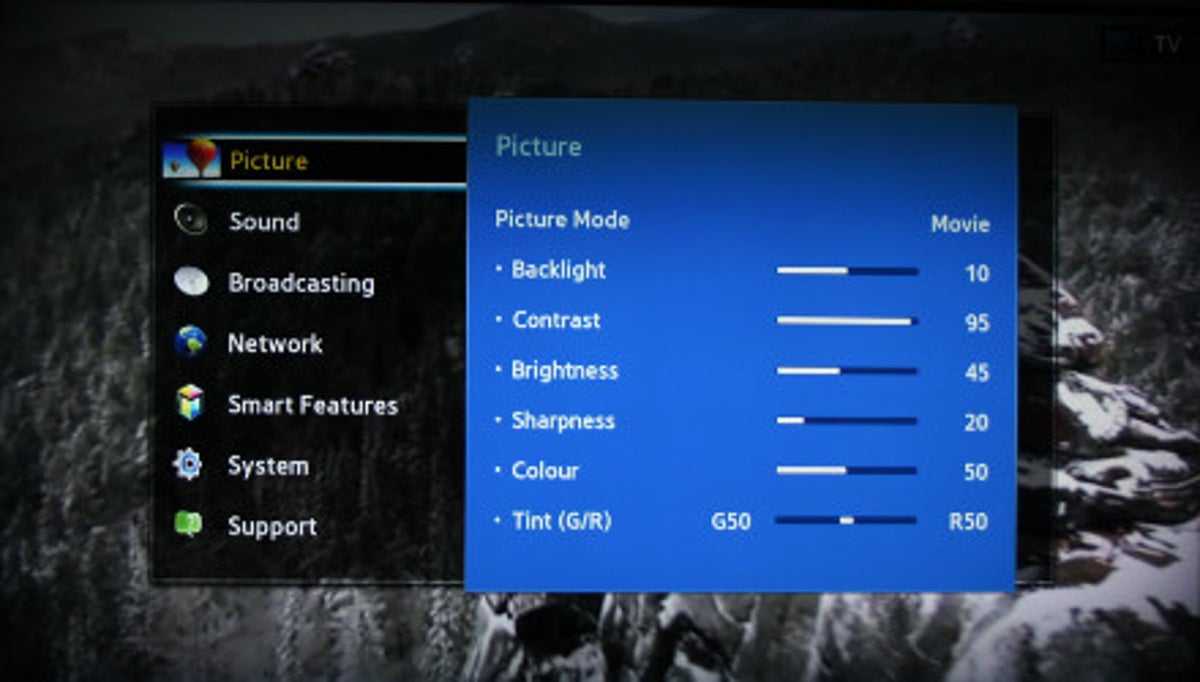
The F6500 looks very sharp for Blu-rays, but standard-definition channels can be slightly soft.
The F6500 uses 400 CMR rather than the 200 CMR found on the cheaper F6400, but I found that it didn’t make a huge difference for everyday TV viewing — it’s not a reason to buy this TV over the cheaper model. The F6500 can do more aggressive smoothing, but it’s not a particularly pleasant effect.
I found it was better to turn off the de-judder setting in the CMR and add some de-blur processing to get rid of the worst aspects of blur without making things look artificially smooth. This is pretty much how I set the F6400 up when I had it in for review.
Colours are a strong point, as the F6500 really can produce lush colour hues while also handling subtle graduations of colour, on skintones for example, with good levels of finesse. As with a lot of TVs that use Vertical Alignment panels, however, its viewing angles aren’t that wide and there’s a fair amount of colour and contrast shift when you’re viewing the set slightly side-on.
HD video from Blu-ray looks as sharp as you’d expect, but its upscaling of standard definition images is only so-so. The upscaling engine tends to make standard definition channels on Freeview look soft, for example.
So while it’s not an absolute stand-out performer in the picture department, for the money, I think the F6500 puts in a good overall showing.
